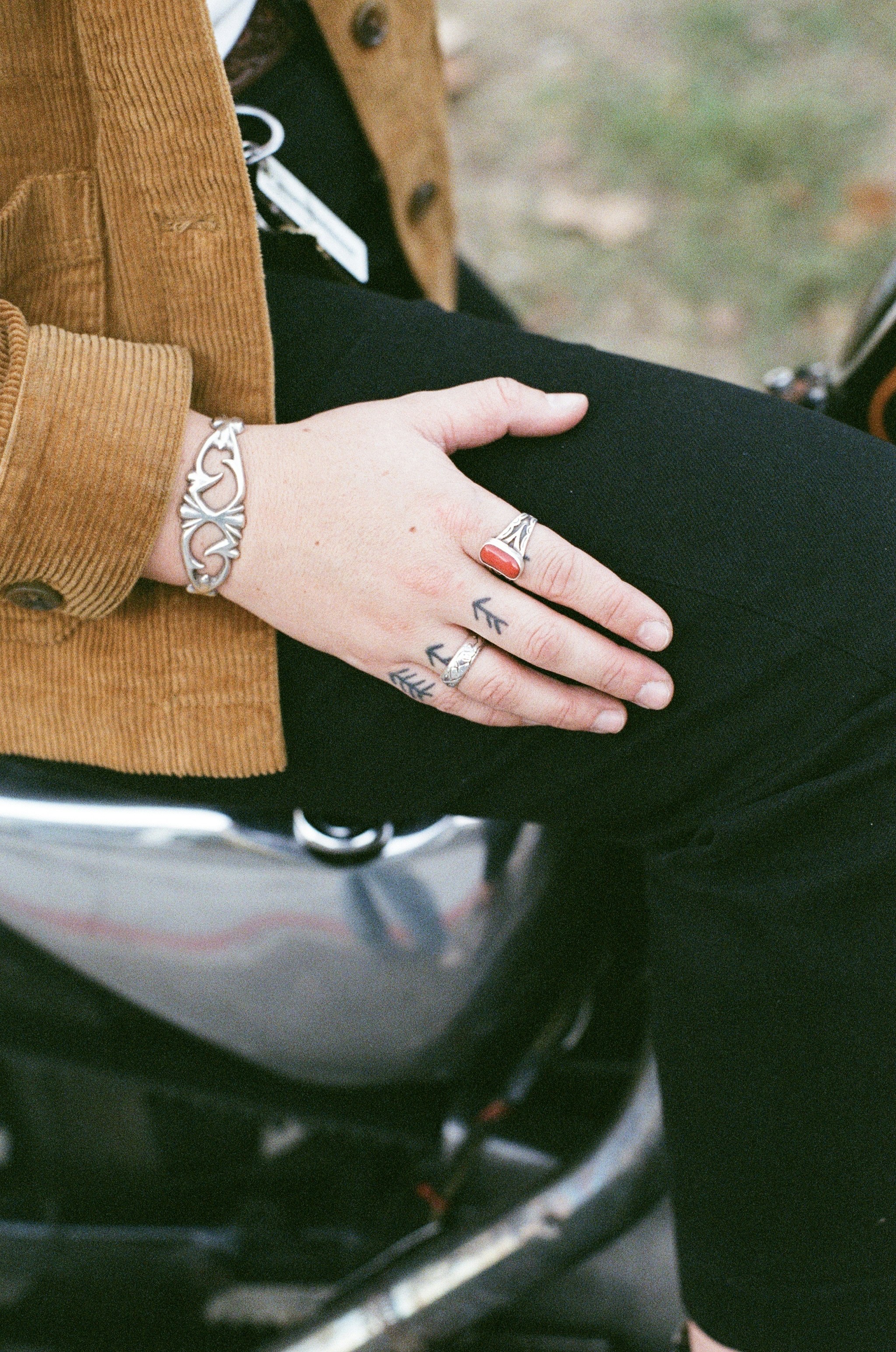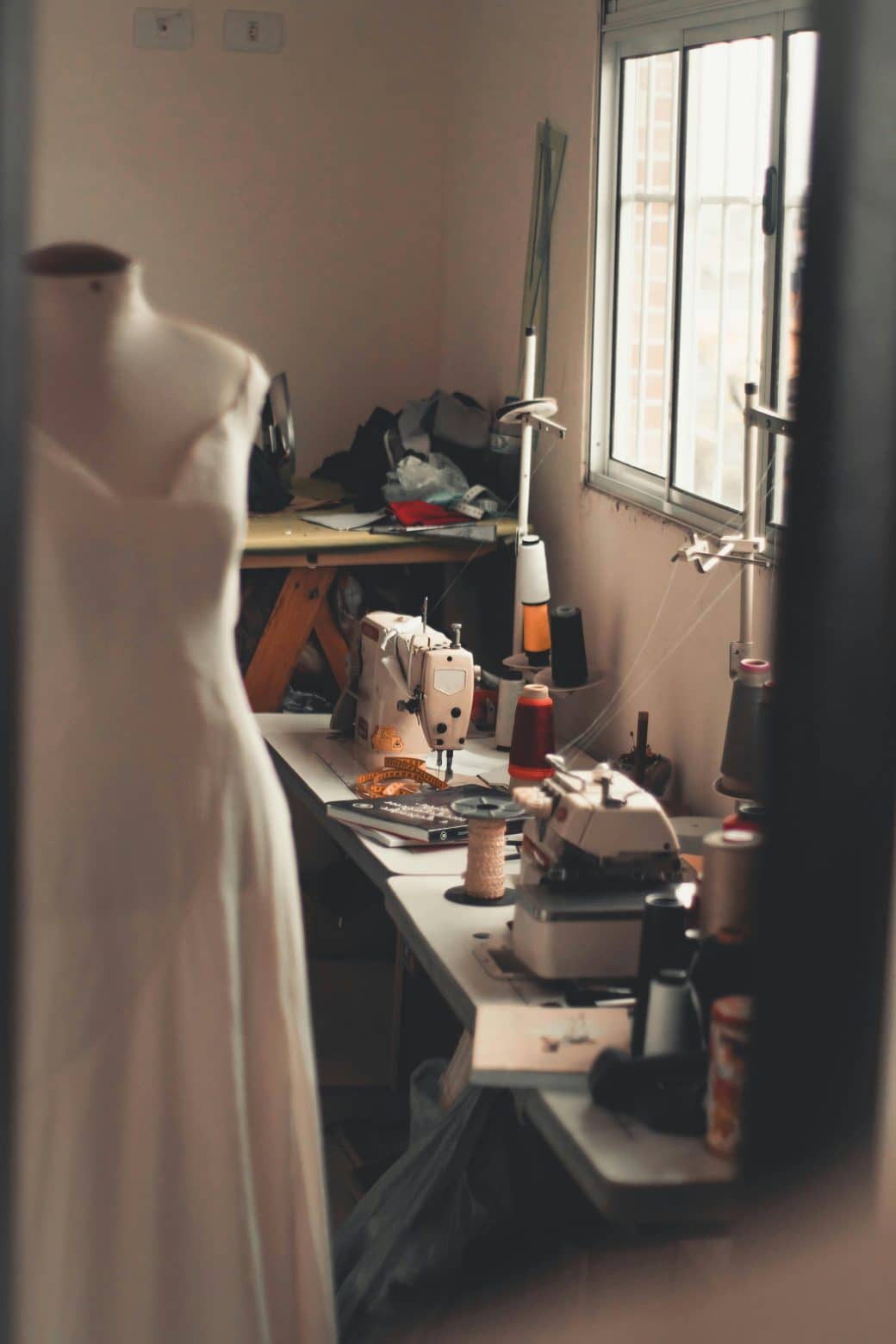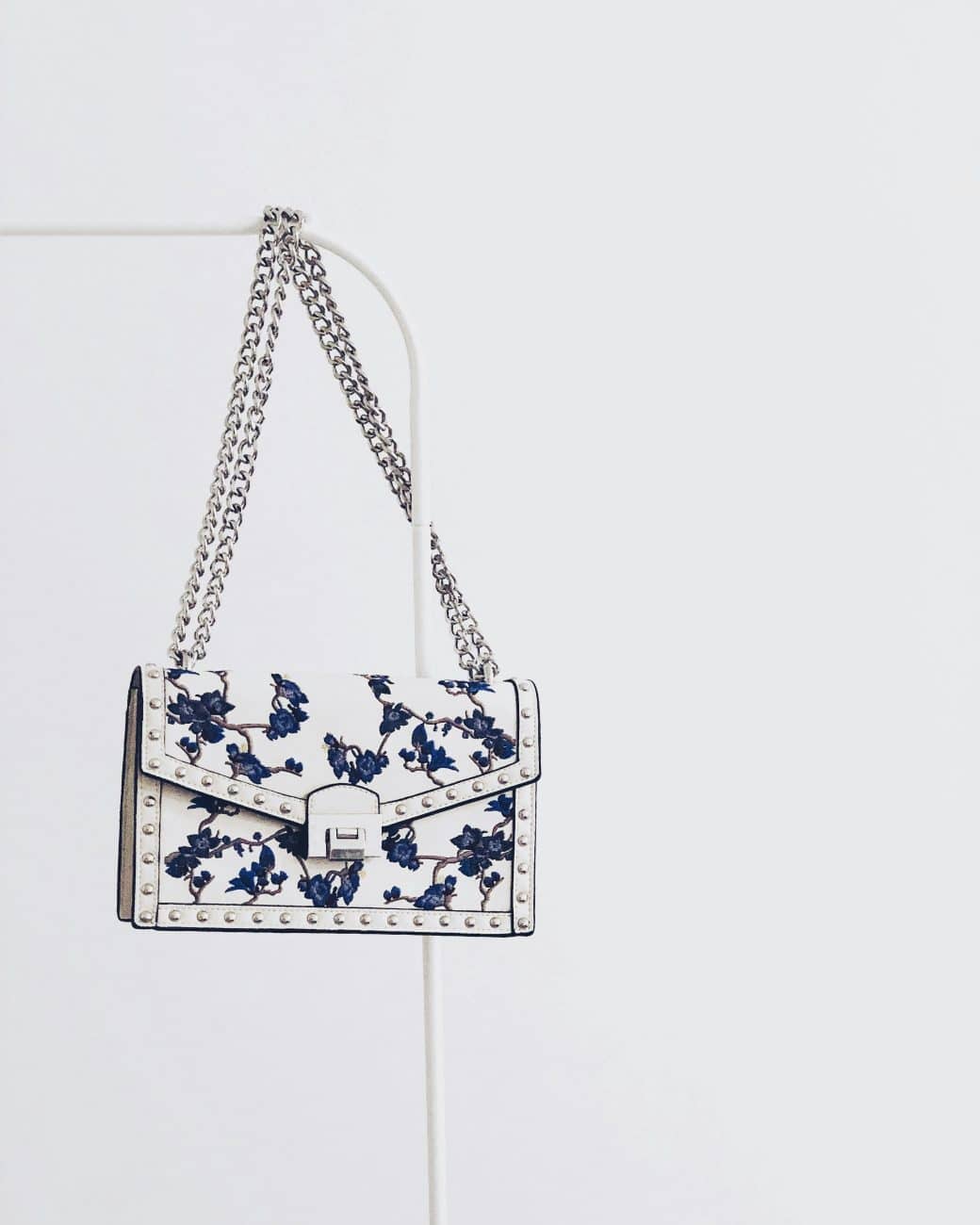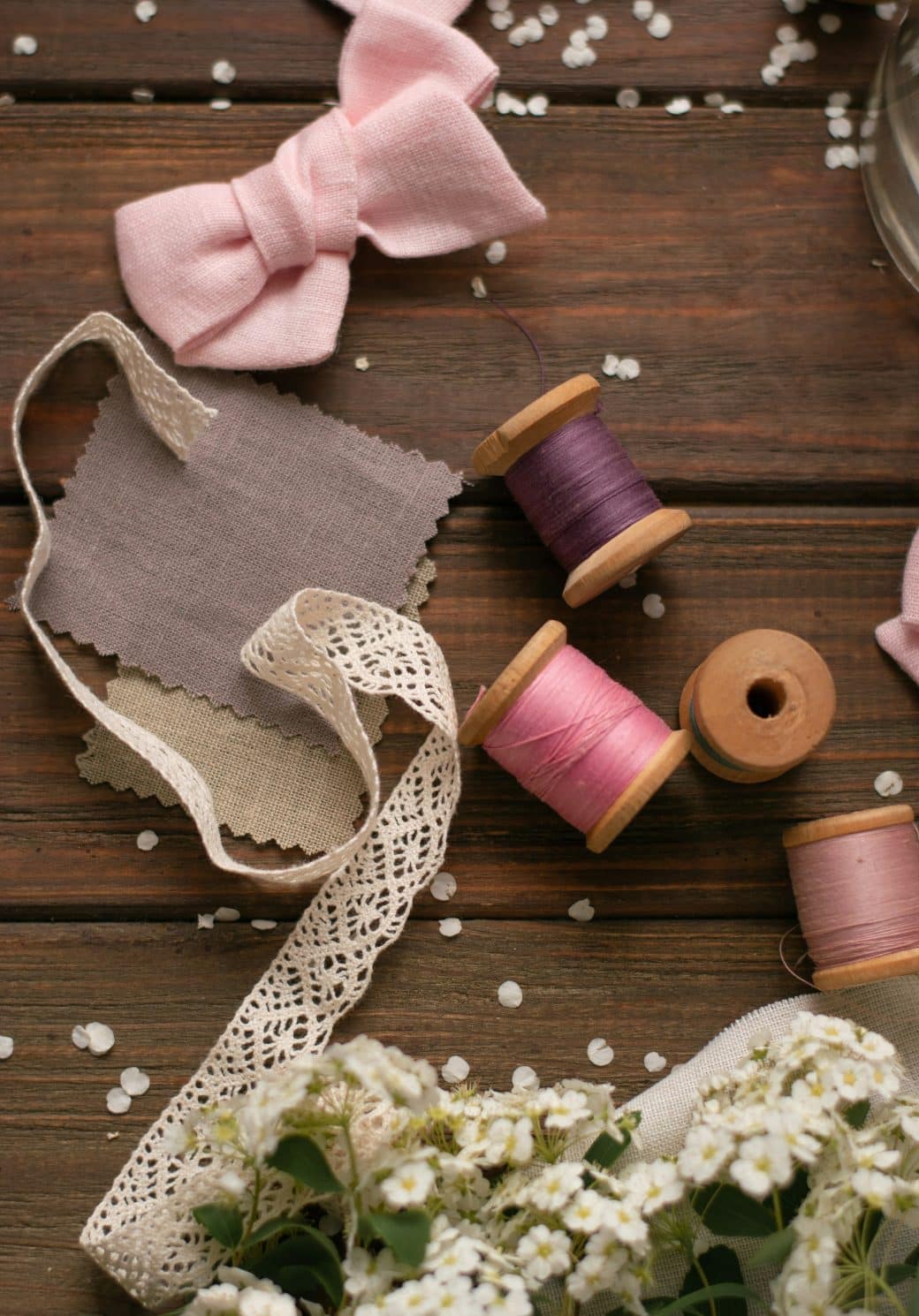So, I’ve been thinking a lot about how to make my handmade bags stand out, and I realized a lot comes down to the fabric choice. It’s not just about picking something that looks good; it’s about finding the right combination of durability, aesthetic appeal, and ease of care. In my quest to elevate my creations, I stumbled upon a variety of fabrics that can truly transform a simple bag into a statement piece. From classic cottons that offer endless patterns and colors to luxurious leather that ages beautifully, the possibilities are as vast as your imagination. Let me guide you through some top fabric choices that have become my go-to for crafting bags that are not only stylish but also practical and long-lasting.

Understanding Fabric Properties
When I’m choosing fabrics for my latest bag design, there are a few key properties I always consider. The weight, weave, stretch, colorfastness, and environmental impact play huge roles in the final look, feel, and sustainability of the bag. Let me dive into these a bit deeper.
The significance of weight and weave in fabric selection
The weight and weave of a fabric can make or break a bag’s design. Heavier, tightly woven fabrics offer durability and structure, ideal for a tote that can hold heavier items without losing shape. Conversely, lighter fabrics might be great for a simple, foldable shopping bag that’s easy to stash away. It’s all about matching the fabric’s characteristics with the bag’s purpose.
Impact of fabric stretch on bag design and utility
I’ve learned the hard way that fabric stretch is not to be ignored. A stretchy fabric might seem like a good idea for flexibility, but without proper reinforcement, it can lead to a bag that sags under weight. Strategic use of interfacing and linings are my go-to solutions for bags that need to hold their shape.
Importance of colorfastness in fabric selection for bags
There’s nothing worse than a bag that bleeds color onto everything it touches or that fades dramatically with the first wash. Testing colorfastness has become a step I never skip, especially for bags intended for daily use or those that will be washed frequently.
Environmental impact and sustainability factor of fabric
I’ve become increasingly conscious of my environmental footprint, which directly influences my fabric choices. I lean towards natural, renewable, or recycled fabrics that don’t contribute to landfill waste. This consideration not only impacts my creations but also aligns with a more sustainable way of living.
Cotton and Cotton Canvas
Cotton and cotton canvas are among my favorite materials for crafting bags. Each brings a unique set of advantages, challenges, and stylistic opportunities to the table.
Advantages of using cotton in handmade bag creation
Cotton is amazingly versatile, durable, and easy to work with. Its natural fiber breathes well, making cotton bags perfect for groceries or a day at the beach. The texture and variety of prints available also allow for endless design possibilities.
How to handle and craft with cotton canvas
Cotton canvas is heavier and offers more structure than plain cotton, ideal for bags that need to stand up on their own. Sewing with canvas requires a sturdy needle and possibly a heavier-duty sewing machine, but the result is often worth the extra effort—a resilient and robust bag.
Limitations of cotton material for bag creation
While I adore cotton, it’s not without its limitations. It can shrink if not pre-washed properly and may require interfacing to provide more structure for certain bag designs. Additionally, cotton isn’t the most water-resistant material, though treatments can help improve this aspect.
Suitable bag styles to make with cotton and cotton canvas
Totes, beach bags, and casual backpacks are perfect candidates for cotton and canvas. These materials lend themselves to everyday bags that combine functionality with a laid-back aesthetic.

Leather and Faux Leather
Moving onto leather and its alternatives, these materials bring a touch of luxury and durability but also present distinct challenges and considerations.
Benefits of using leather in bag creation
Leather is synonymous with quality and durability. A well-made leather bag can last decades, even improving with age. Its timeless appeal and strength make it ideal for premium handbags, briefcases, and travel bags.
Comparative analysis of leather and faux leather properties
Faux leather offers an ethical and cost-effective alternative to genuine leather but comes with trade-offs in durability and feel. However, advancements in faux leather technologies have significantly closed the gap, with some high-quality options nearly indistinguishable from the real thing.
How to work with leather and faux leather materials
Working with leather requires specific tools and techniques, such as leather needles and a walking foot for your sewing machine. Faux leather is a bit more forgiving but still benefits from careful handling to avoid punctures or tears that can’t be easily repaired.
Popular bag styles to make with leather and faux leather
Crossbody bags, elegant clutches, and sophisticated briefcases are all fantastic choices for leather and faux leather. Their structural qualities combined with a sleek finish can elevate any design.
Denim
Denim is another favorite of mine, thanks to its durability and timeless style.
Benefits of using denim in handmade bag creations
Denim’s rugged texture and inherent strength make it perfect for casual bags that need to withstand regular use. Plus, repurposing old jeans into bags is a sustainable option that also adds a story to the final piece.
Working with denim: tips and tricks
Denim can be thick, especially at the seams, so using a jean needle and making adjustments to your sewing machine’s tension can help. Additionally, playing with different parts of a pair of jeans (like incorporating the pockets) can add functional details to your bag.
Limitations of denim as a bag material
Denim’s heaviness means it’s not suited for every style of bag. Lightweight, delicate designs might not be achievable. Also, like cotton, denim isn’t water-resistant and can fade over time.
Ideal bag designs to develop with denim
Messenger bags, casual totes, and weekenders made from denim strike the perfect balance between durability and laid-back style. Incorporating denim into bag designs also offers an excellent opportunity for upcycling.

Linen
Linen’s natural, lightweight feel makes it a go-to for certain types of bags, especially for warmer seasons.
Pros of using linen in handmade bag creation
Linen is known for its strength and natural luster, offering a luxurious feel to any bag. It’s also biodegradable and made from flax plants, making it an eco-friendly choice for those conscious of their environmental impact.
How to handle and sew with linen
Linen can fray and wrinkle easily, so finishing seams properly and pressing diligently are key when working with this material. Its loose weave also requires patience and a gentle hand, especially with finer linens.
Drawbacks of linen as a material for bags
Due to its lightweight nature, linen might not be suitable for bags intended to carry heavier loads. It might also require a lining or interfacing to provide additional structure and durability.
Suitable bag styles to create with linen
Summer totes, lightweight shoppers, and elegant evening bags are ideal styles to create with linen. Its natural elegance lends itself well to designs that complement a breezy, warm-weather wardrobe.
Silk
Silk is undoubtedly luxurious and offers a level of sophistication unmatched by many other fabrics, but it requires a skilled hand to master.
Advantages of incorporating silk in bag creation
Silk’s sheen and drape can add an element of luxury to any bag design, making it perfect for special occasions or high-end fashion accessories. It’s also surprisingly strong for its weight, offering a good balance between delicacy and durability.
Working with silk: best practices
Using sharp, fine needles and a gentle touch is imperative when working with silk to avoid snags and pulls. It’s also a good idea to use a stabilizer or interfacing to give silk more structure, especially for bag designs that require shape.
Disadvantages of silk as a bag material
The main drawbacks of silk include its cost, the care required to maintain its beauty, and its susceptibility to water damage. These factors make it more suited to luxury or occasional bags rather than everyday use.
Most appropriate bag styles to design using silk
Clutches, small shoulder bags, and ceremonial bags are perfect for silk. These styles can showcase silk’s beauty without putting too much strain on the material.

Polyester and Nylon
For durability and versatility, polyester and nylon are hard to beat.
Benefits of using polyester and nylon in bag creation
Both materials are incredibly durable, water-resistant, and available in a vast array of textures and colors. They’re also relatively easy to work with and offer a modern look that’s suited to sporty or utilitarian designs.
Methods to work with polyester and nylon
Using a sharp needle and synthetic thread will help prevent puckering and ensure strong seams. These materials can also be prone to melting or warping under high heat, so careful pressing is necessary.
Limitations of polyester and nylon for bag creation
While strong and versatile, polyester and nylon don’t offer the same natural feel or eco-friendly credentials as some of the other materials I’ve mentioned. They can also be less breathable, which is a consideration for certain types of bags.
Ideal bag styles to create with polyester and nylon
Backpacks, travel bags, and sporty crossbody bags are all excellent choices for polyester and nylon. Their resistance to wear and tear makes them suitable for designs that need to withstand a bit of rough handling.
Velvet
Velvet adds a touch of luxury and deep texture to bag designs, though it comes with its own set of challenges.
Advantages of using velvet in handmade bag creations
The depth and richness of velvet can elevate a simple bag design to something truly special. It’s also surprisingly durable if properly cared for, making it more versatile than one might expect.
Best practices when crafting with velvet
Velvet can be tricky to sew due to its pile, so using a walking foot or a roller foot can help. It’s also important to cut all pieces in the same direction to ensure a uniform look. Hand basting may also be preferable to pins, which can leave marks.
Drawbacks of using velvet as a bag material
The pile of velvet means it can crush and mark easily, requiring careful handling and storage. It also tends to attract lint and dust, which means it may require more frequent cleaning than other fabrics.
Appropriate bag designs to develop with velvet
Evening bags, small purses, and luxurious tote bags can all benefit from the rich texture of velvet. These types of bags are less likely to require frequent, rough handling, which can help preserve the velvet’s appearance.
Wool
Wool’s natural warmth and durability make it an excellent choice for bags designed to withstand cooler climates.
Benefits of wool for handmade bag creations
Wool is naturally water-resistant and durable, making it suitable for bags that might be exposed to the elements. Its variety in textures and thicknesses also offers a lot of creative flexibility.
Tips and techniques for working with wool
Wool can shrink dramatically if not handled correctly, so pre-washing or choosing pre-shrunk fabrics is essential. A thicker needle and patience are key, as wool’s thickness can make it challenging to sew.
Limitations of wool as a material for bags
The thickness and sometimes scratchy texture of wool can limit its use to more casual or rustic bag designs. It’s also important to consider wool’s care requirements, as many wool fabrics are not machine washable.
Suitable bag styles to design with wool
Messenger bags, laptop cases, and winter totes all work well in wool. Its warmth and texture add a cozy feel that’s perfect for colder seasons.
Jute
Jute brings a natural, rustic aesthetic to bag designs, ideal for those looking for an eco-friendly option.
Pros of using Jute in bag creation
Jute is incredibly strong and sustainable, making it an excellent choice for eco-conscious creators. Its natural texture also adds an earthy charm to bags, perfect for a more organic look.
Working with Jute: best practices
Jute can be coarse and somewhat stiff, so using a heavy-duty needle and strong thread is advisable. It also frays easily, so finishing edges properly is crucial to ensuring the longevity of the design.
Cons of Jute as a material for bags
The rough texture of jute may not be suitable for all designs, especially those intended to be carried close to the skin. Its stiffness can also limit the shapes and styles of bags that can be made with it effectively.
Ideal bag designs to develop using Jute
Market totes, beach bags, and gardening bags are all perfect uses for jute. These designs can take advantage of jute’s durability and natural feel, making them both beautiful and practical.



